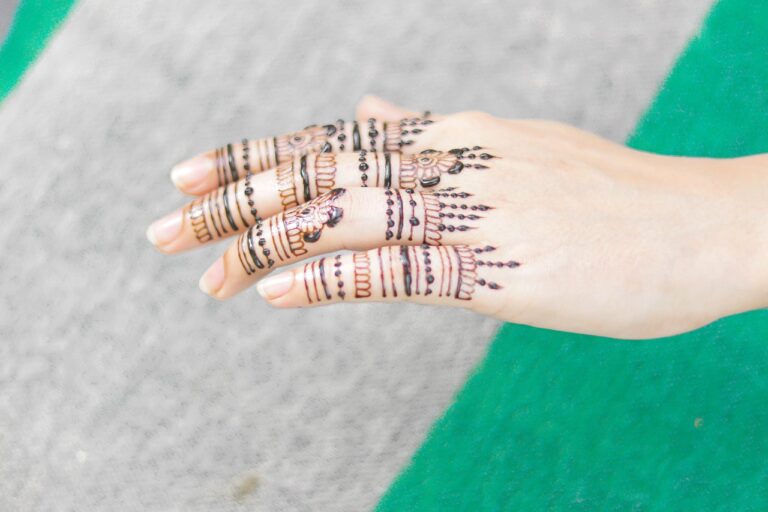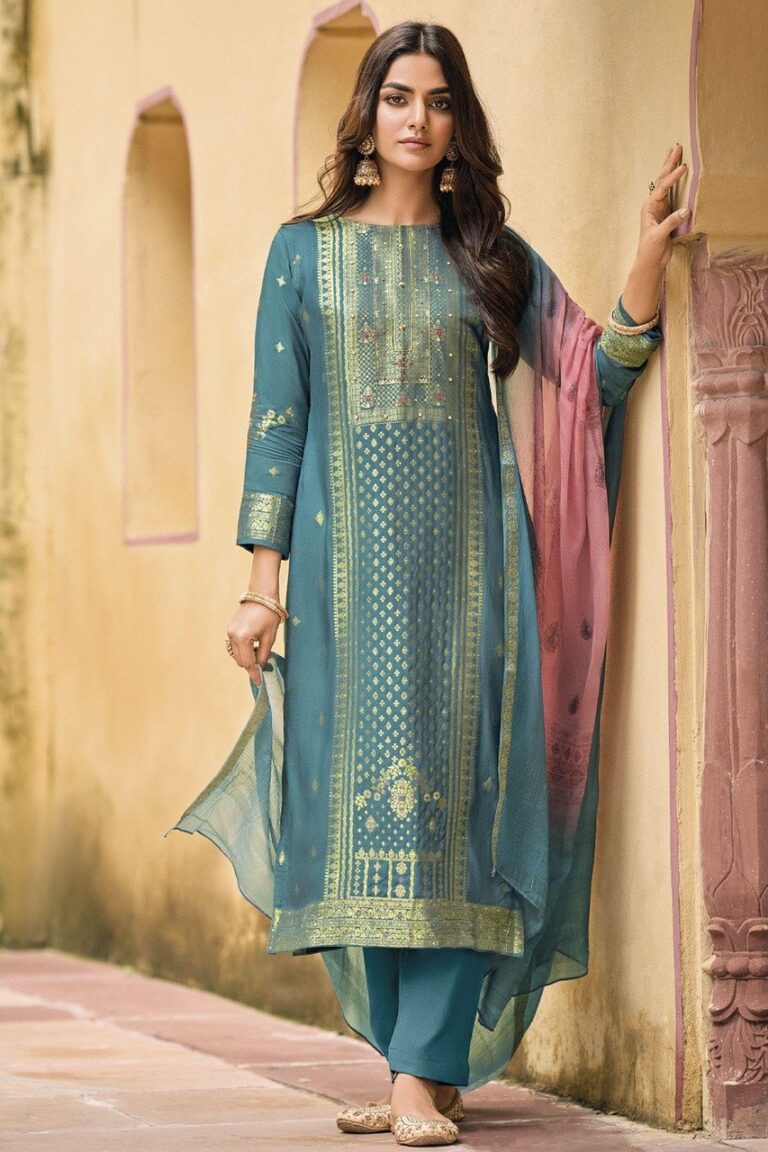Fashion and the Philosophy of Identity: Clothing as a Form of Self-Expression
Clothing serves as a powerful form of self-expression, allowing individuals to project their identity to the world. It acts as a visual language through which people can communicate their personality, values, and beliefs without uttering a word. The colors, styles, and patterns we choose to wear can convey messages about our cultural background, social status, and even our mood on a particular day.
Moreover, our clothing choices are often influenced by societal norms and trends, shaping our sense of self and how we are perceived by others. Whether we conform to fashion standards or intentionally reject them, our clothing becomes a part of our identity that is constantly evolving and reflecting our inner selves outwardly. In this way, clothing serves as a dynamic tool through which we navigate and express our individuality within the larger context of society.
The Historical Significance of Fashion in Defining Identity
Throughout history, fashion has played a crucial role in shaping and defining one’s identity. The clothes people wear have long been used as a means of expressing social status, cultural affiliations, and personal tastes. In ancient civilizations, specific garments and accessories were reserved for the elite or ruling class, serving as visual symbols of power and authority.
As societies evolved, fashion became more accessible to the masses, allowing individuals from various backgrounds to use clothing as a form of self-expression. The emergence of different clothing styles and trends over the centuries reflected the changing norms, values, and beliefs of each era. From the elaborate attire of the Renaissance to the minimalist aesthetic of modern times, fashion has continuously evolved, leaving a lasting impact on how individuals perceive and present themselves to the world.
How Cultural Influences Shape Personal Style
Cultural influences play a significant role in shaping an individual’s personal style. From traditional garments to modern trends, one’s cultural background often reflects in the choice of clothing and accessories. Whether it be through colors, patterns, or symbols, fashion becomes a way to express and celebrate one’s heritage.
Different regions and communities from around the world have unique fashion aesthetics that are influenced by their cultural beliefs, practices, and history. These diverse influences not only impact the way individuals dress but also contribute to the rich tapestry of styles that exist globally. By embracing their cultural heritage through clothing, people can showcase their identity and connect with others who share similar backgrounds.
How does clothing play a role in shaping one’s identity?
Clothing is a powerful tool for self-expression and can communicate aspects of one’s culture, beliefs, and personality.
How has fashion historically been used to define identity?
Throughout history, fashion has been used by different cultures to distinguish social status, convey cultural values, and express individual identity.
Can personal style be influenced by cultural factors?
Yes, personal style can be heavily influenced by cultural factors such as heritage, upbringing, societal norms, and exposure to different cultural influences.
Are there any specific cultural influences that commonly shape personal style?
Some common cultural influences that shape personal style include traditional clothing, cultural celebrations and events, historical fashion trends, and media representation of certain cultural aesthetics.
How can individuals incorporate their cultural influences into their personal style?
Individuals can incorporate their cultural influences into their personal style by incorporating traditional clothing elements, using colors and patterns that hold cultural significance, and drawing inspiration from their heritage in their fashion choices.







